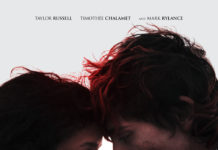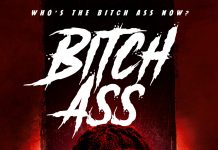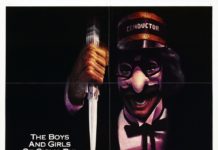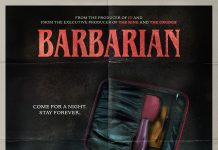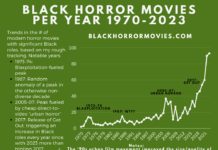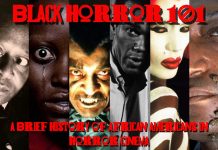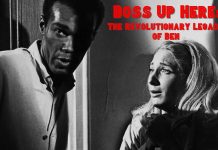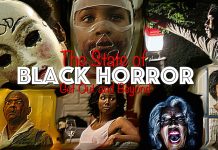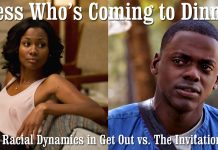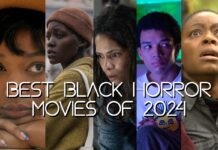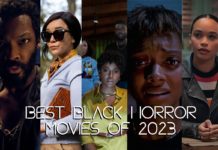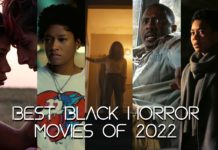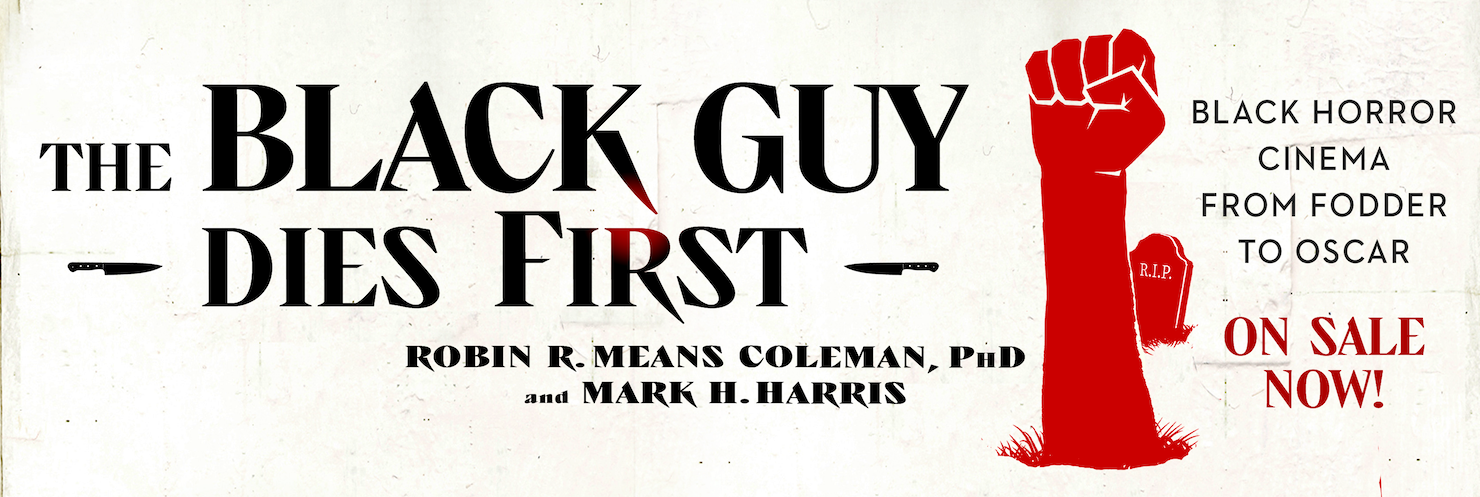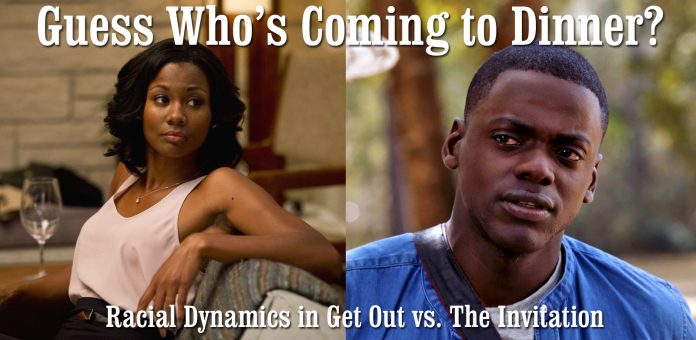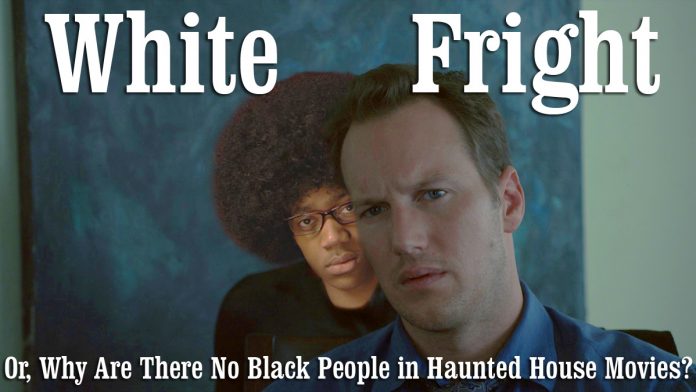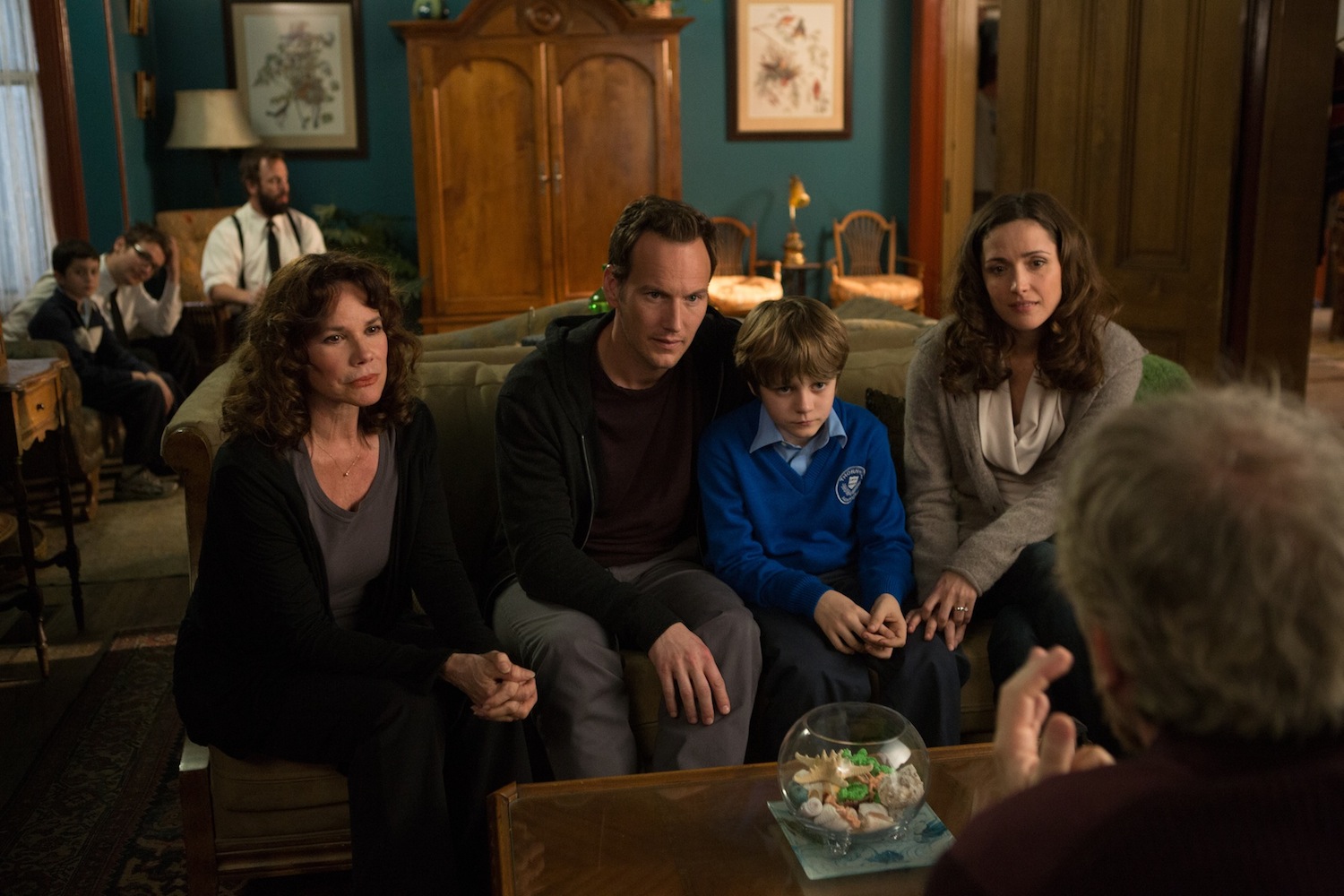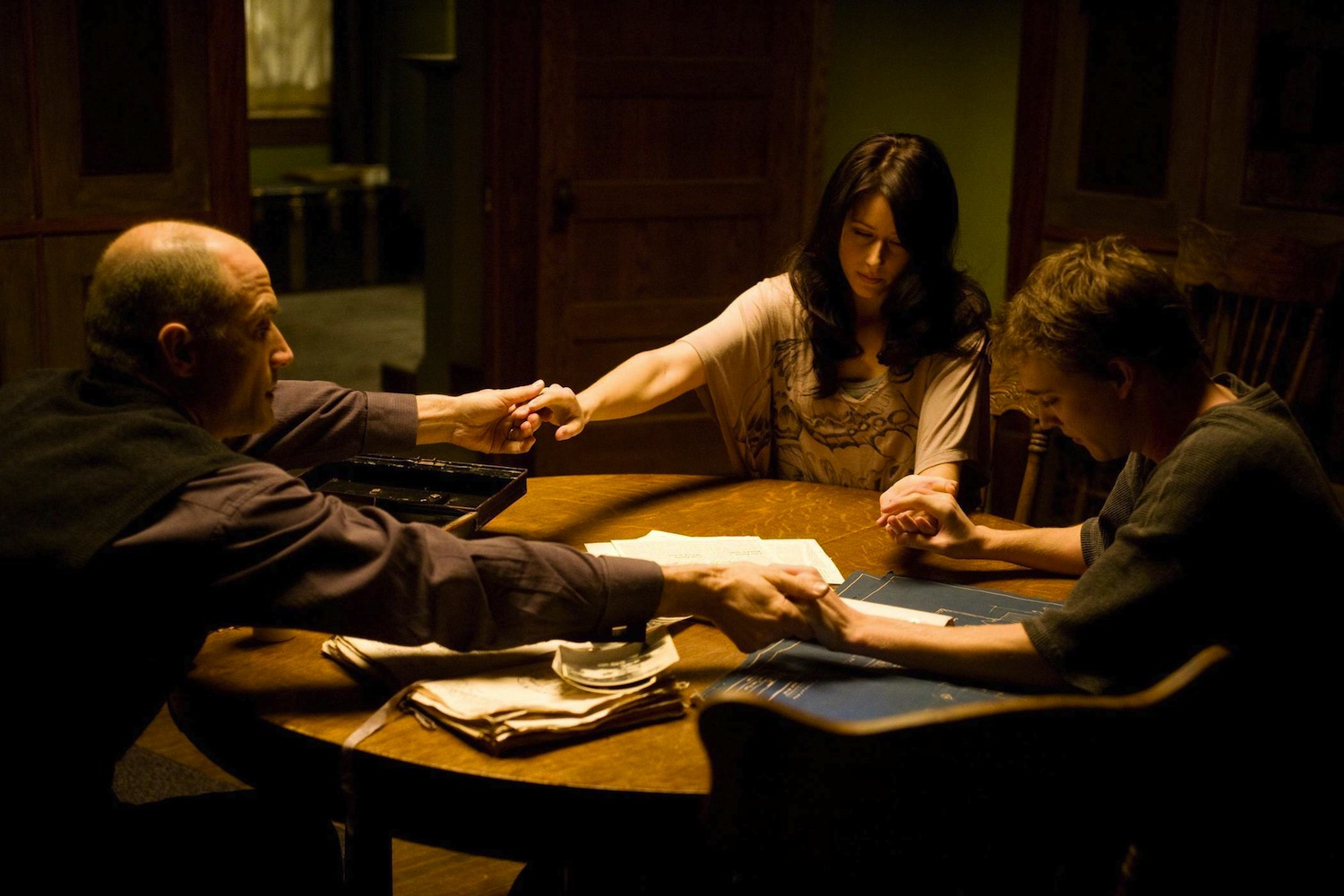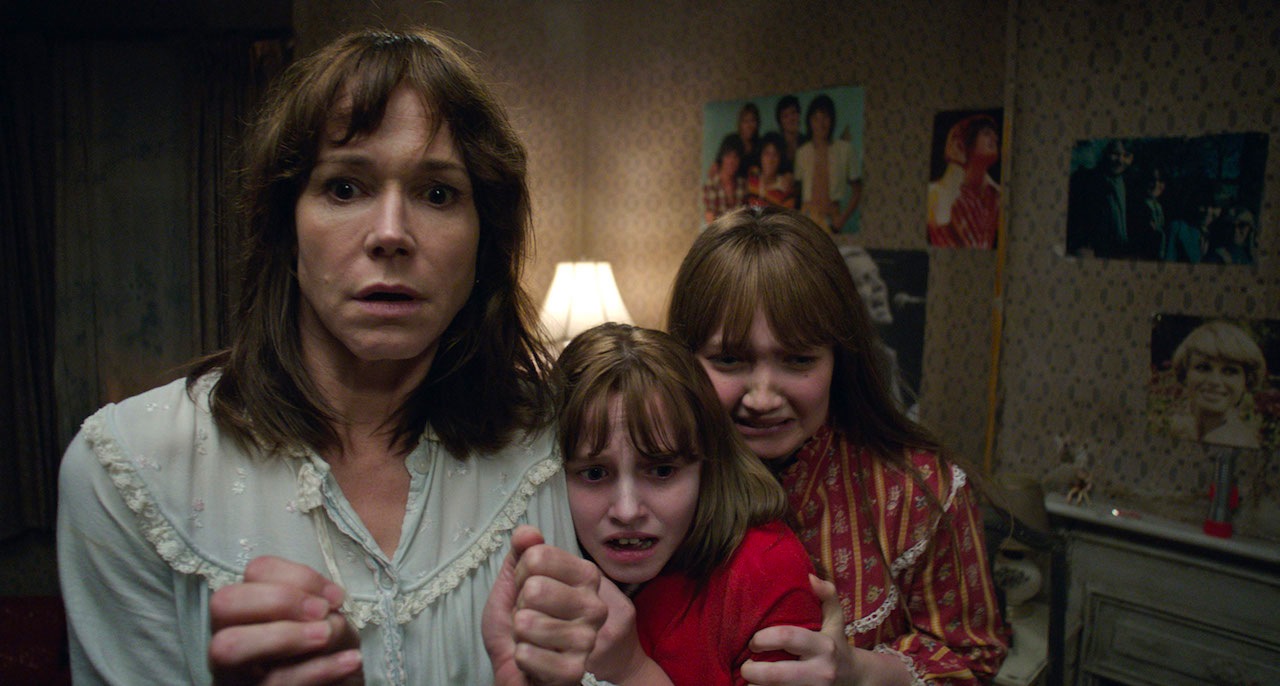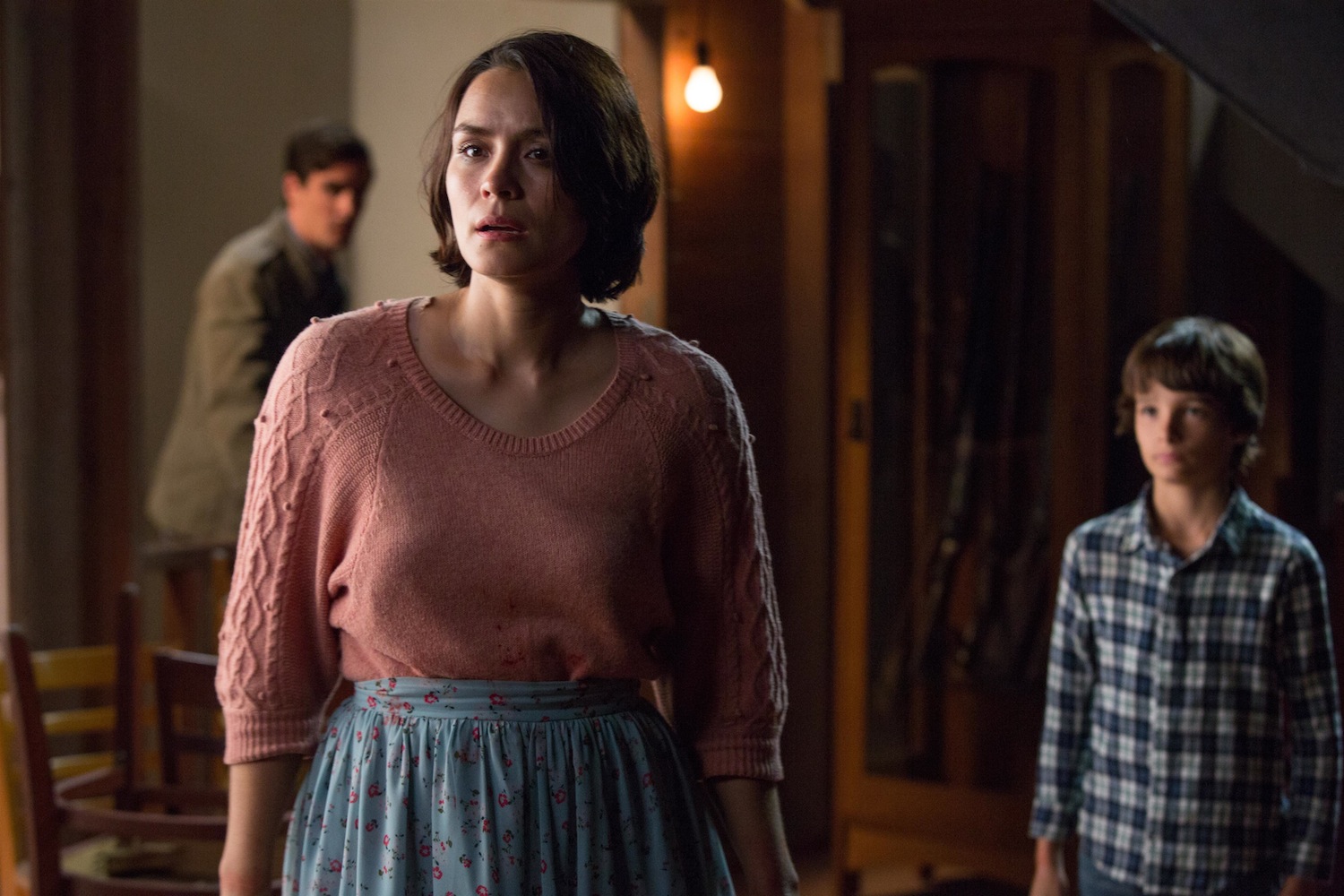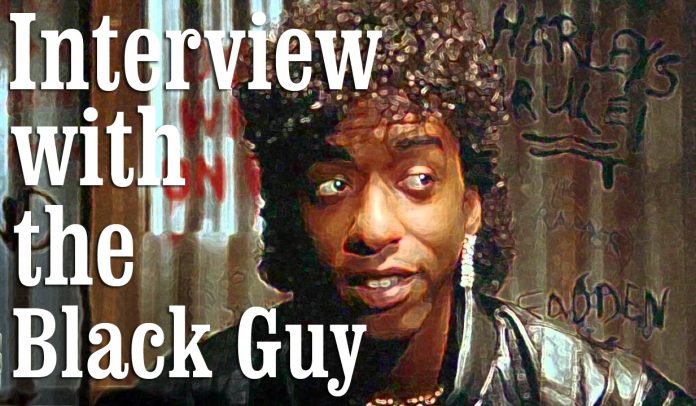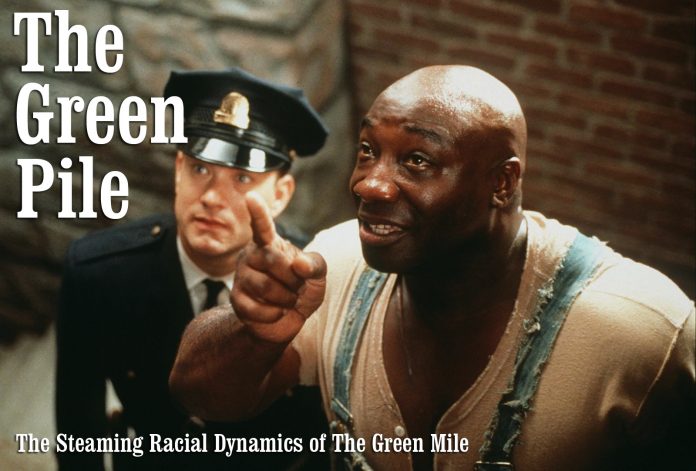Originally published on PopMatters.com
Have you ever met someone that you instantly hated? I mean, with a passion; not a mild distrust or a ‘don’t-drop-the-soap’ hesitation, but a deep-seated gut instinct that this person should be pushed down a flight of stairs in order to save humanity.
For me, that person happens to be a movie: The Green Mile.
For a while before that, it had been Kazaam, and briefly, during a rough stretch in my adolescence, Chitty Chitty Bang Bang. But no film has retained my enduring ire like The Green Mile.
And yet, it remains one of the most beloved pictures of the past 25 years. A quick perusal of the IMDb reveals a user rating of 8.5 out of 10, and Rotten Tomatoes has it as “Certified Fresh” with a robust 80% Tomatometer Rating, meaning that critics and unwashed masses alike love this fucking movie. Clearly, there’s a disconnect here between me and the rest of the world, so the question is obvious: what the hell is wrong with you people?
As much as it pained me to contribute to the film’s financial cume, though, I decided to rent it again to prove to myself that my detestation was warranted. And so it began…
00:45 — 45 seconds in, and I’m already feeling dread. Even the credits feel as if they were spawned from Satan’s left nut.
07:22 — Edgecomb, Tom Hanks’ character, is all mopey, reminiscing as a senior citizen about the bad old days. Is there anything sadder than seeing an old man cry? What’s up next, a kitten sprains an ankle?
13:50 — John Coffey (the terminally sweaty Michael Clarke Duncan) enters and immediately invokes the stereotype of the big black buck. Alarming Racial Insensitivity Alarm #1.
16:48 — When Coffey opens his mouth, we realize that he’s a simpleton who can only spell his name and who’s deathly afraid of the dark. He is, however, obscenely polite, “Boss.” Alarming Racial Insensitivity Alarm #2: Stepin Fetchit anyone?
20:42 — In a flashback, Coffey is found crying, holding two dead white girls in his arms. How did I get into Kobe Bryant’s nightmare? Alarming Racial Insensitivity Alarm #3: Black man + white girls = trouble.
21:49 — The most polite lynch mob in the world catches Coffey red-handed and decides to turn him into the police, unharmed. Somewhere, Rodney King cries foul.
45:25 — Arlen (Graham Greene), the “Injun,” gets fried. Granted, the term “Injun” is never actually used; must’ve been a deleted scene. Also deleted: on his deathbed, Arlen curses Tonto, the Washington Redskins and Daniel Day-Lewis.
57:00 — Almost an hour into the film, we know little more about Coffey than we did at the beginning. Meanwhile, we have intimate knowledge of Edgecomb’s pee stream. Alarming Racial Insensitivity Alarm #4: Shallow characterizations of black folk, while black issues are explored through white eyes.
1:04:27 — Coffey grabs Edgecomb’s crotch (Has he been in jail that long?) and heals the guard’s junk. Alarming Racial Insensitivity Alarm #5: Now Coffey’s a mystical darkie. Three, three stereotypes in one!
1:05:43 — Hanks reveals a disturbingly doughy double-chin as he pees pain-free. I want chocolate chip cookies.
1:07:39 — Having been imparted the power of the black penis, Edgecomb runs home and bonks his wife. Alarming Racial Insensitivity Alarm #6: Black male virility. OK, so this one’s not so bad, sort of like all Asians knowing kung fu or all Italians being papal.
1:10:54 — Hammersmith (Gary Sinise) discusses Coffey’s origins: “Like he dropped out of the sky”. Coffey as a Christ figure? John Coffey. Jesus Christ. J.C. Chasez. I’m in 10th grade English class all over again.
1:16:58 — Wild Bill (Sam Rockwell) pisses on guard Harry’s (Jeffrey DeMunn) shoes, then…
1:26:05 — Percy (Doug Hutchison) wets his pants, making The Green Mile the most urine-centric film since Golden Showers 34 (Golden Showers 35 being all “artsy”).
1:32:35 — Coffey furthers the Christ comparisons by resurrecting a dead mouse. If he really were Jesus, he’d help me find the stupid remote.
2:10:07 — Edgecomb doesn’t ask Coffey if he wants to help the terminally ill Mrs. Moores (Patricia Clarkson) so much as he tells him to do so, taking him on a ride as you would a wounded dog. Did he not notice how drained Coffey was after saving a mouse? Alarming Racial Insensitivity Alarm #7: Black man exists solely to help the white man.
2:23:20 — Coffey saves the white woman by mouth-kissing her (Apparently, he learned little from the whole white girl incident.). The guards are happy that Mrs. Moores is cured; don’t care much that Coffey now has her disease.
2:26:58 — Coffey transmits the sickness to Percy through hot mouth-on-mouth action (covert anti-AIDS homophobia?), then somehow makes him shoot Wild Bill. If Coffey can control others’ actions, how about getting them to, like, not kill you? That’s what Jesus would do.
2:31:12 — Coffey gives Edgecomb “a gift of what’s inside of me so you can see for yourself”; shows him a vision of what really happened to the girls. Surprisingly, O.J. is nowhere to be found.
2:37:10 — Now that he knows that Coffey is innocent, Edgecomb tells his wife, “This is the first time I’ve ever felt the real danger of Hell.” It’s all about you, isn’t it?
2:40:33 — Edgecomb is afraid of God’s wrath for killing “one of His true miracles.” So, if he were just a normal innocent black man (especially one who didn’t constantly call him “boss”), he wouldn’t care?
2:41:09 — Coffey, awaiting his execution, mutters, “I’m tired, boss.” I know how he feels.
2:42:05 — Coffey explains to Edgecomb that he’s ready to die, sort of like Biggie. So let me get this straight: he’s afraid of the dark and full of wonder at even the smallest things the world has to offer, yet when it comes time for his execution, he’s suddenly not afraid of dying? Alarming Racial Insensitivity Alarm #8: Assuaging liberal white guilt.
2:47:58 — Edgecomb does nothing to help Coffey beat the rap. Coffey’s last words: “I’m sorry for what I am.” Jesus. Alarming Racial Insensitivity Alarm #9: Black man as helpless martyr.
2:57:10 – Back in present times, old man Edgecomb reveals that because Coffey gave him a “gift,” he’s lived for 108 years and is still going strong. His old lady friend weeps. “You mustn’t blame John,” he says, as if living a full life for 64 years after Coffey dies is somehow a curse. Damn pervading deathlessness!
2:58:36 — Whiny ingrate Edgecomb explains that he’s actually not immortal and then follows it up by saying that he wishes for death. So step in front of a bus already! Alarming Racial Insensitivity Alarm #10: Black man gets the shaft, yet we’re supposed to sympathize with the white man.
3:00:47 — Through the ending credits, I wonder…If John Coffey truly were Jesus, wouldn’t he have risen from the grave like the greatest cinematic Christ figure, E.T.? He at least didn’t go out like a punk. The most miraculous part of The Green Mile that I see is how creamy and Botox-smooth Tom Hanks’ skin is. His face looks like a cross between a Cabbage Patch Kid and a Playmate’s ass. I wanted to bounce quarters off his rosy woman-cheeks.
So, if any white (or heaven forbid, black) person still doesn’t appreciate the level of discomfort that black people might feel watching The Green Mile, they should be strapped to a chair and forced to watch a double bill of Bamboozled and Rosewood, followed by front-row seats at a Paul Mooney standup act. If they can make it through that gauntlet without blood on the brain, that would be a miracle.

